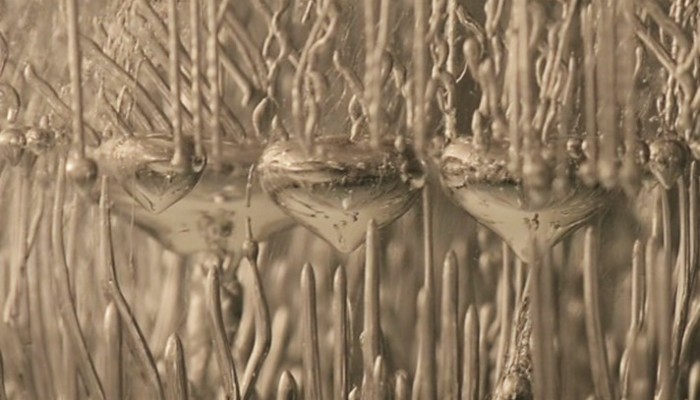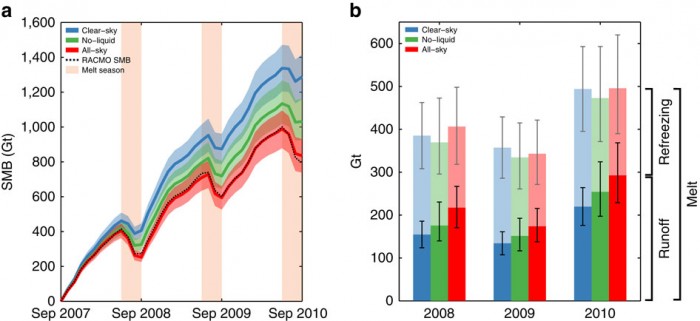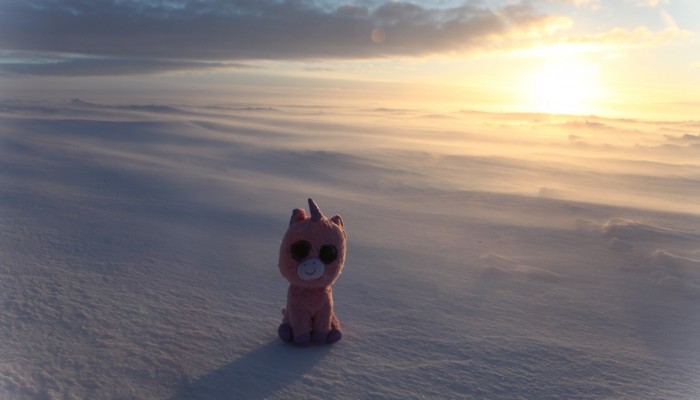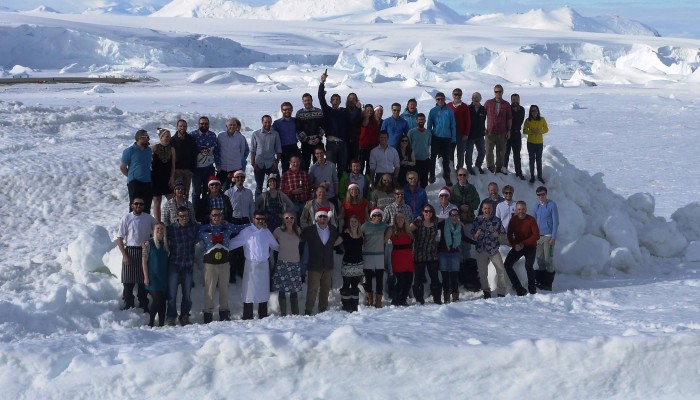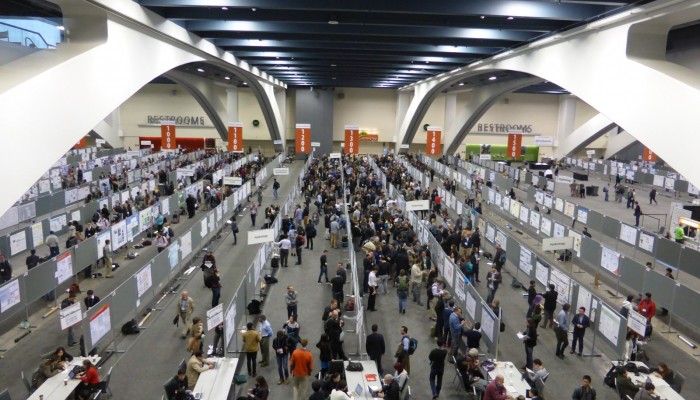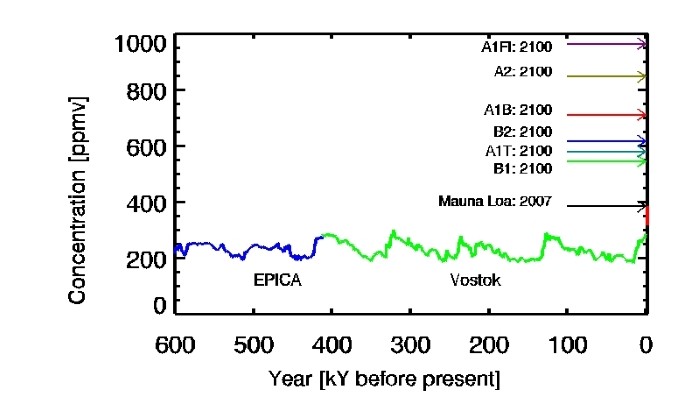On the eve of 14 February, love and little hearts are everywhere, even trapped in lake ice! The EGU Cryosphere blog team wishes you a happy Valentine’s Day 🙂 Behind this nice picture, there is also science This picture was taken during a laboratory experiment that aimed to reproduce the bubbles observed in Arctic lake ice in the winter. In this shot, we can see two types of gas bubbles in th ...[Read More]
Image of the Week — Happy ValentICE’s day
